Apple's biggest rival in the smartphone field is of course Samsung. It sold the most smartphones in the world until last year, when Apple was second. It wasn't until last year that the tide turned. Samsung is not even helped by the way it tries to bring iOS closer to iPhones. Perhaps it is rather worse, because it loses its own face, as evidenced by its current news in One UI 6.1.
It is One UI 6.1 that is Samsung's latest superstructure, which is built on top of Android 14. It is not yet present in any of the company's sold models, because this will happen only tomorrow, when the models of the Galaxy S24 series, with the exception of the basic model Galaxy S24+ and the flagship Galaxy S24 Ultra. We can already test the middle one and see how much its environment resembles Apple's iOS.
It could be interest you
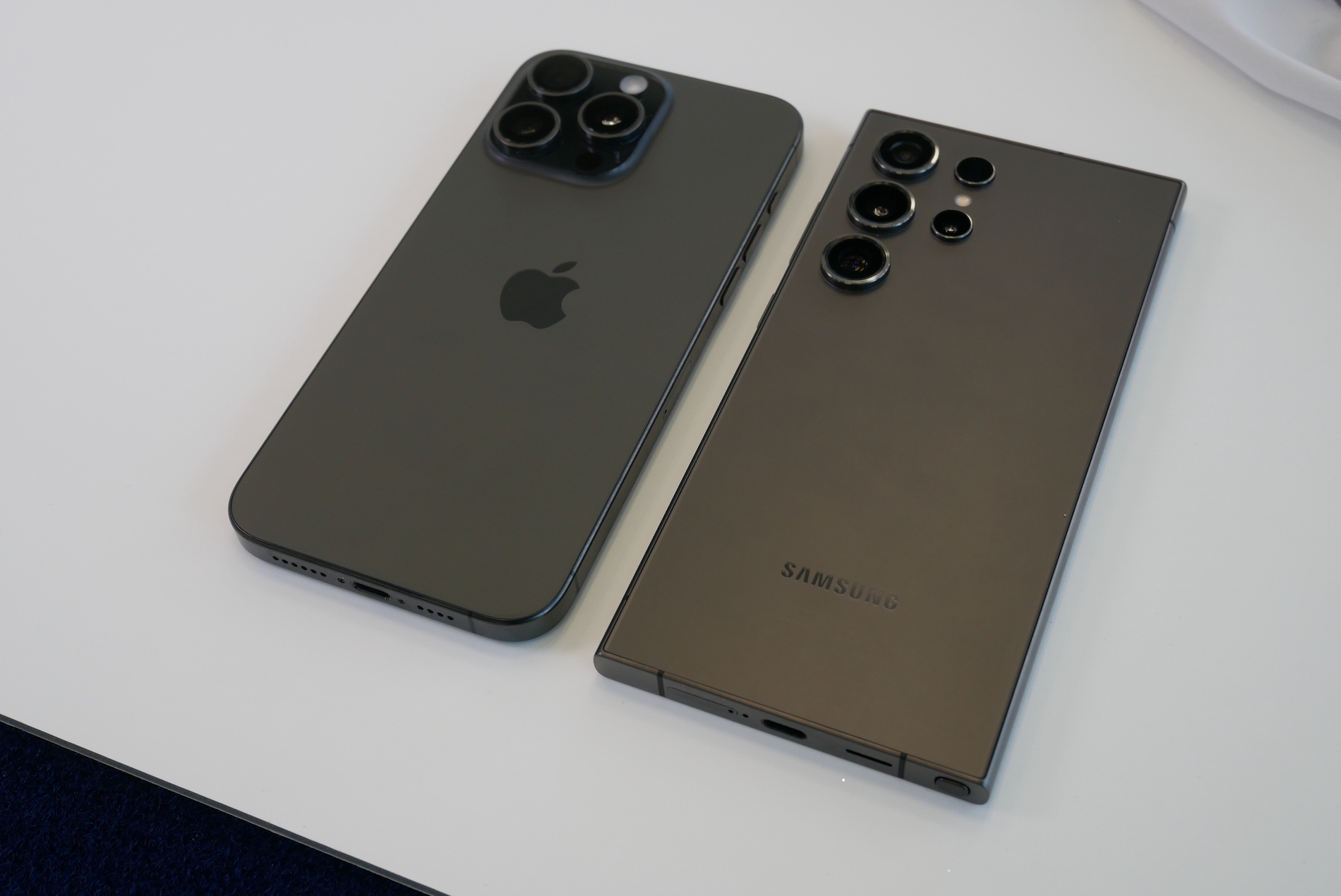
He does this and he does this
The Galaxy S24 series takes a lot from the iPhone 15. For the largest model, it is titanium and perhaps a 5x telephoto lens, which the company switched to from 10x. Less equipped models then have straight edges with slightly rounded backs, which is all too noticeable especially for new iPhones. The phones are nice, yes, but they are still trying to get close to Apple. After all, this has been the problem with almost all of the top smartphones of the South Korean manufacturer, regardless of its software modifications just to make everything resemble iOS as much as possible. Yes, sure, of course we're biased, but the ability to customize the iOS-style Always On display is just plain glaring.
First, of course, he "copied" Apple. Android devices have been able to do AOD for years, when it is a very popular function there. But Apple only introduced it with the iPhone 14 Pro and 14 Pro Max. But in order not to completely copy this function in the first place, he did it differently, namely with the possibility to see the entire wallpaper, which only darkens. It wasn't until later that Apple added the ability to suppress it completely and only show the time and widgets on this always-on display. Well, what hasn't Samsung done now?
The original look was heavily criticized on iPhones – people were bothered by how distracting it was and that it drained more battery. But he took it anyway. And what people like, Samsung is copying, that's why even its new AOD is not just black and offers you more options. First of all, it can still display the wallpaper and you can also put visually almost identical widgets here. They actually differ only in the framing, which in turn resembles the application icons in iOS (those in One UI are much rounder).
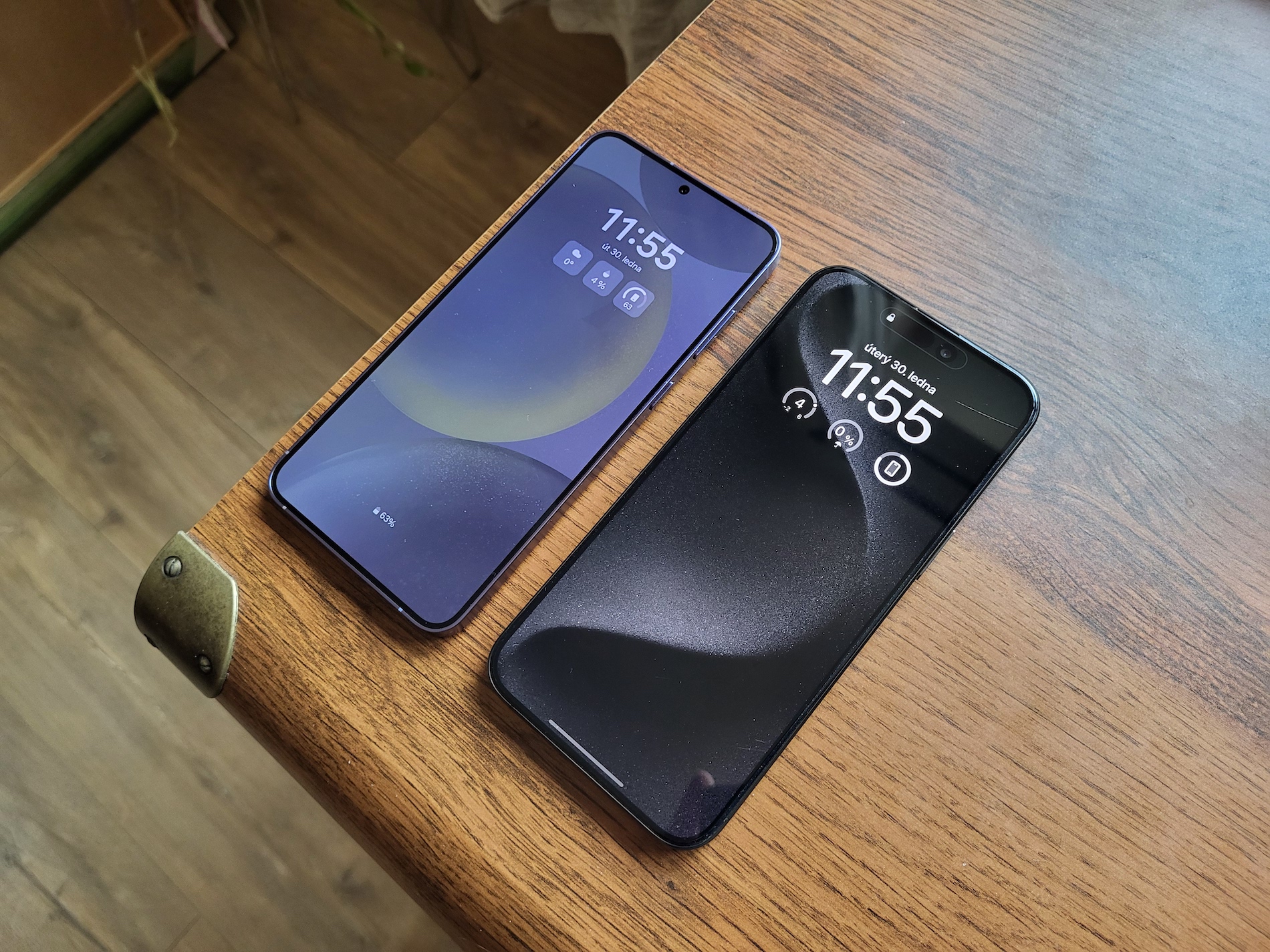
There is only one difference. Samsung's AOD can dim the background of a photo but leave the foreground visible when it's turned off. It is if you have any portrait in the photo. It's true that iPhones can't do this. By the way, when the lock screen editing came in iOS 15, guess what Samsung introduced as the main innovation of the following One UI?
Samsung is a big brand and it is good that it is here. It is the best in the field of Android devices, but it is embarrassing, as described by Apple. We'll see what we say after WWDC24, though. Samsung already has its own artificial intelligence with certain functions, where Apple has nothing. So if it copies the capabilities of the Galaxy S24 series, we will certainly darken it up for it as well.
 Adam Kos
Adam Kos 
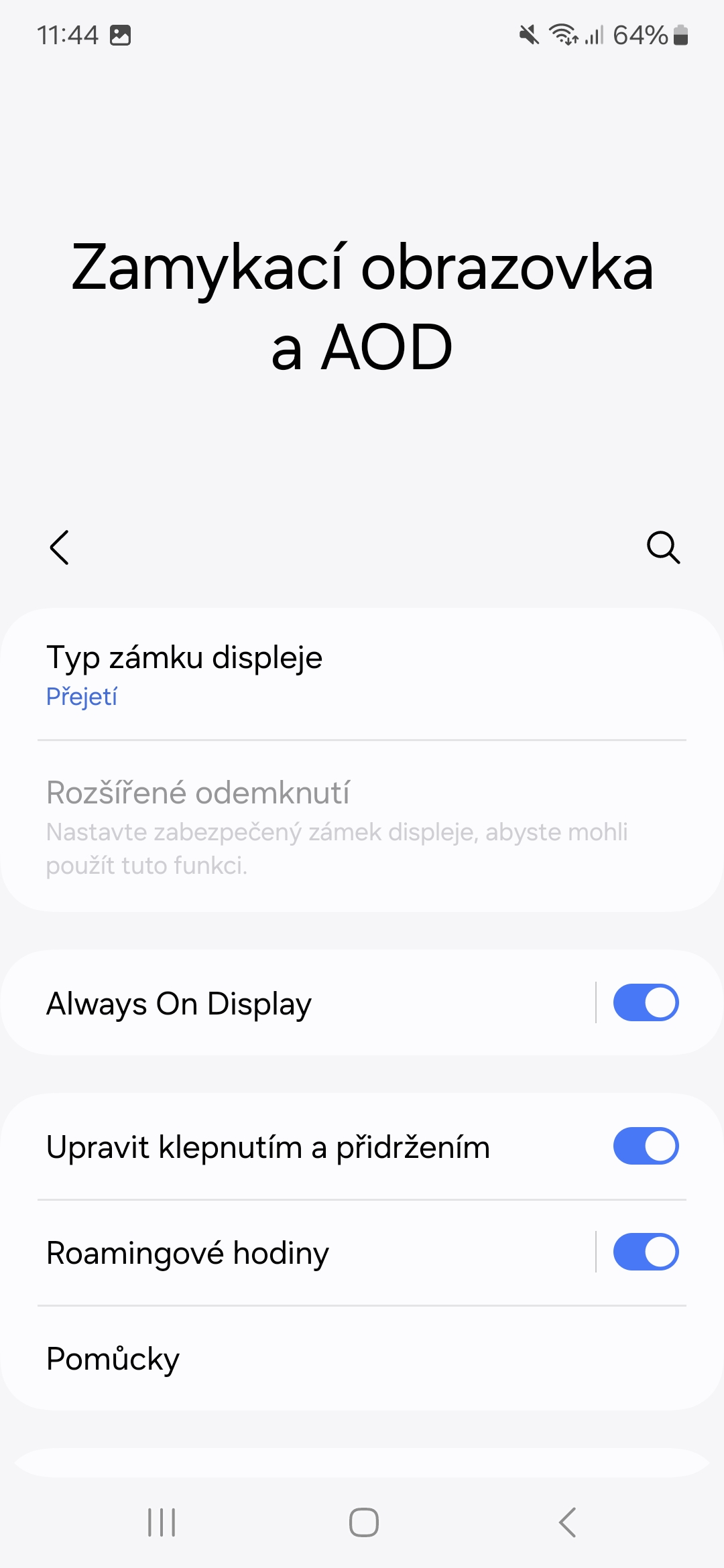
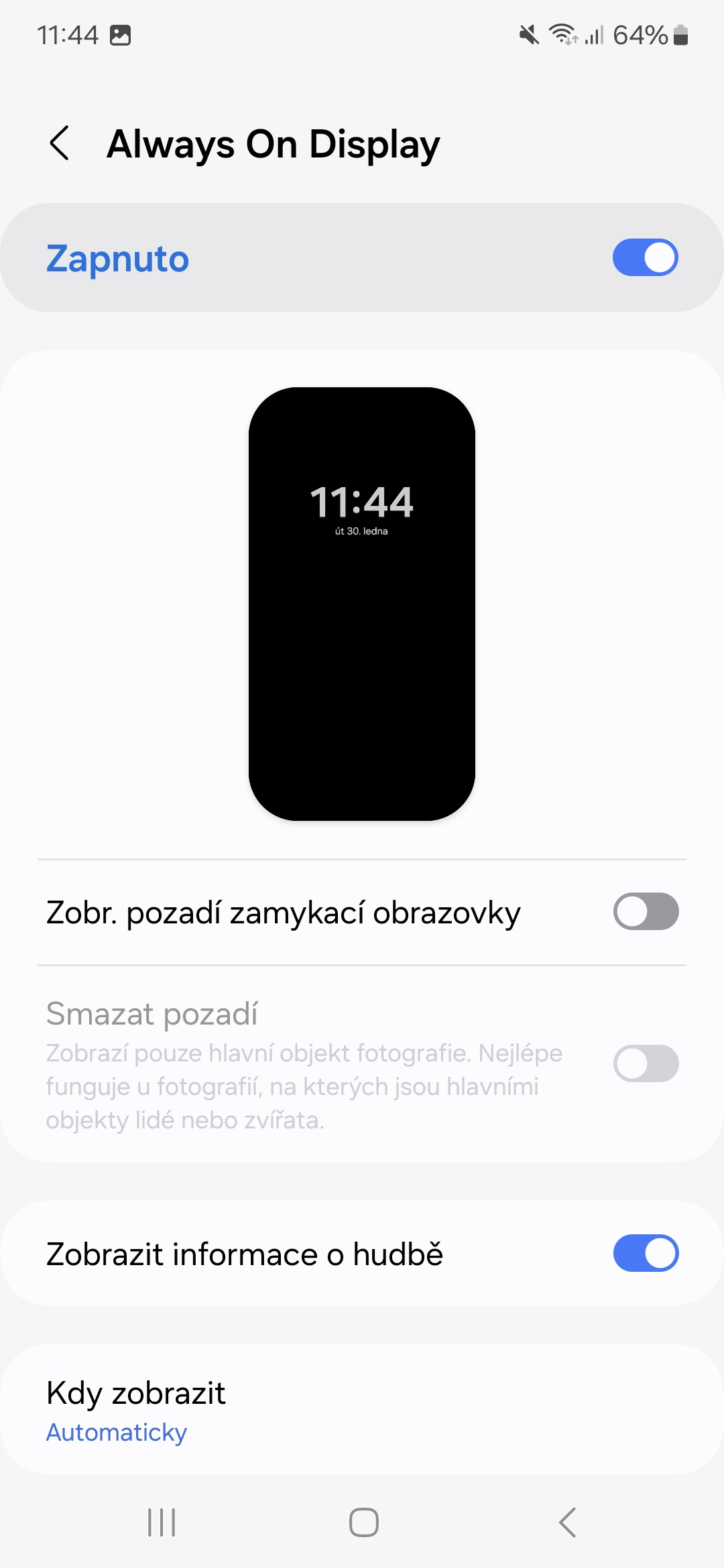
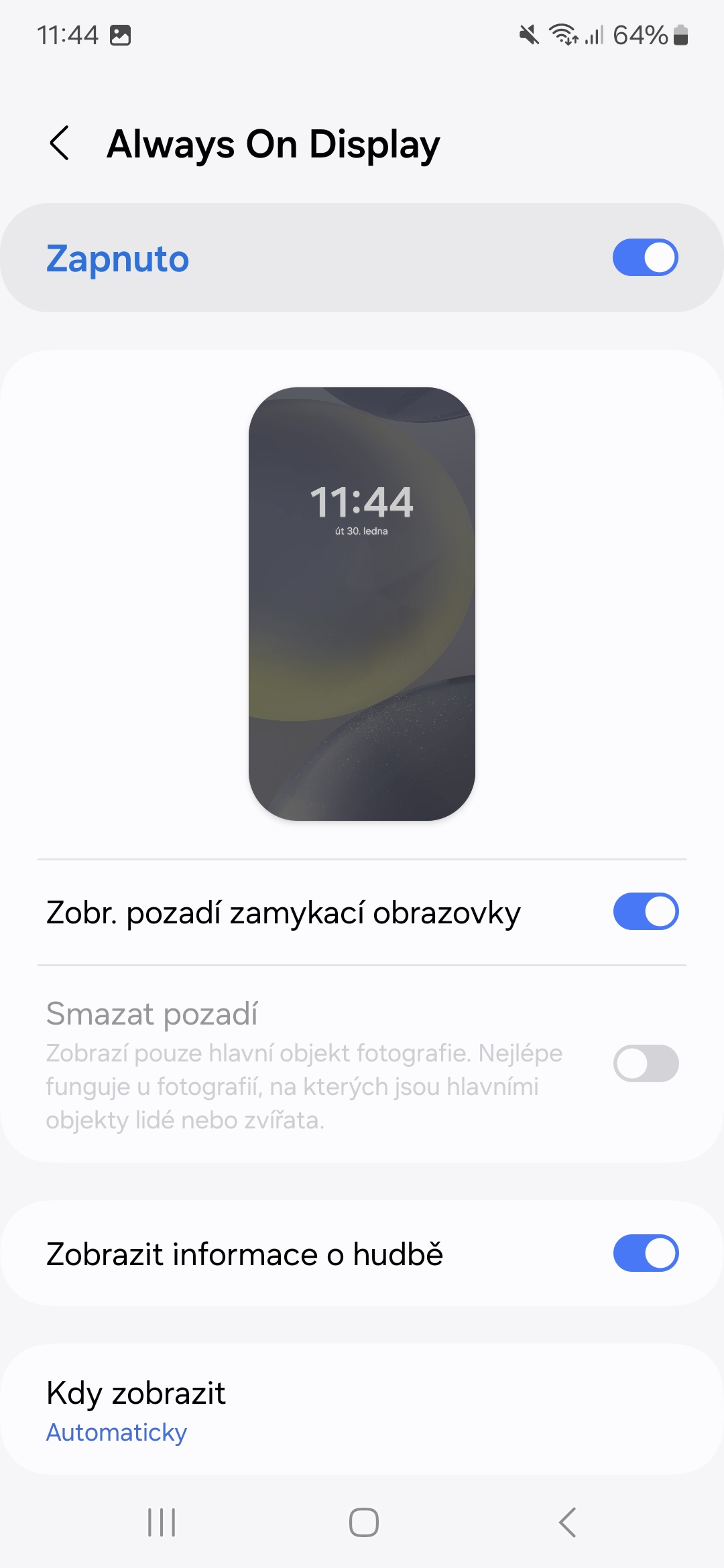
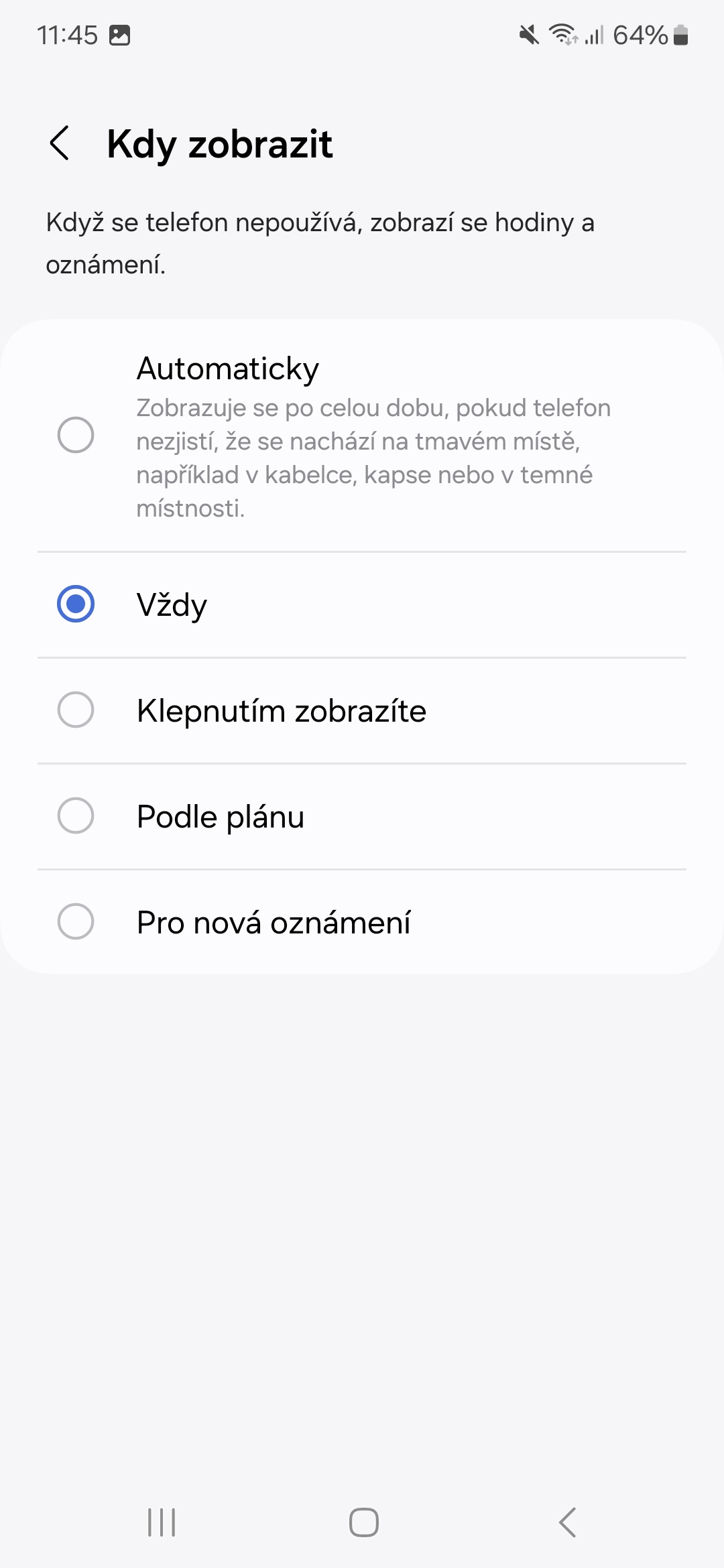
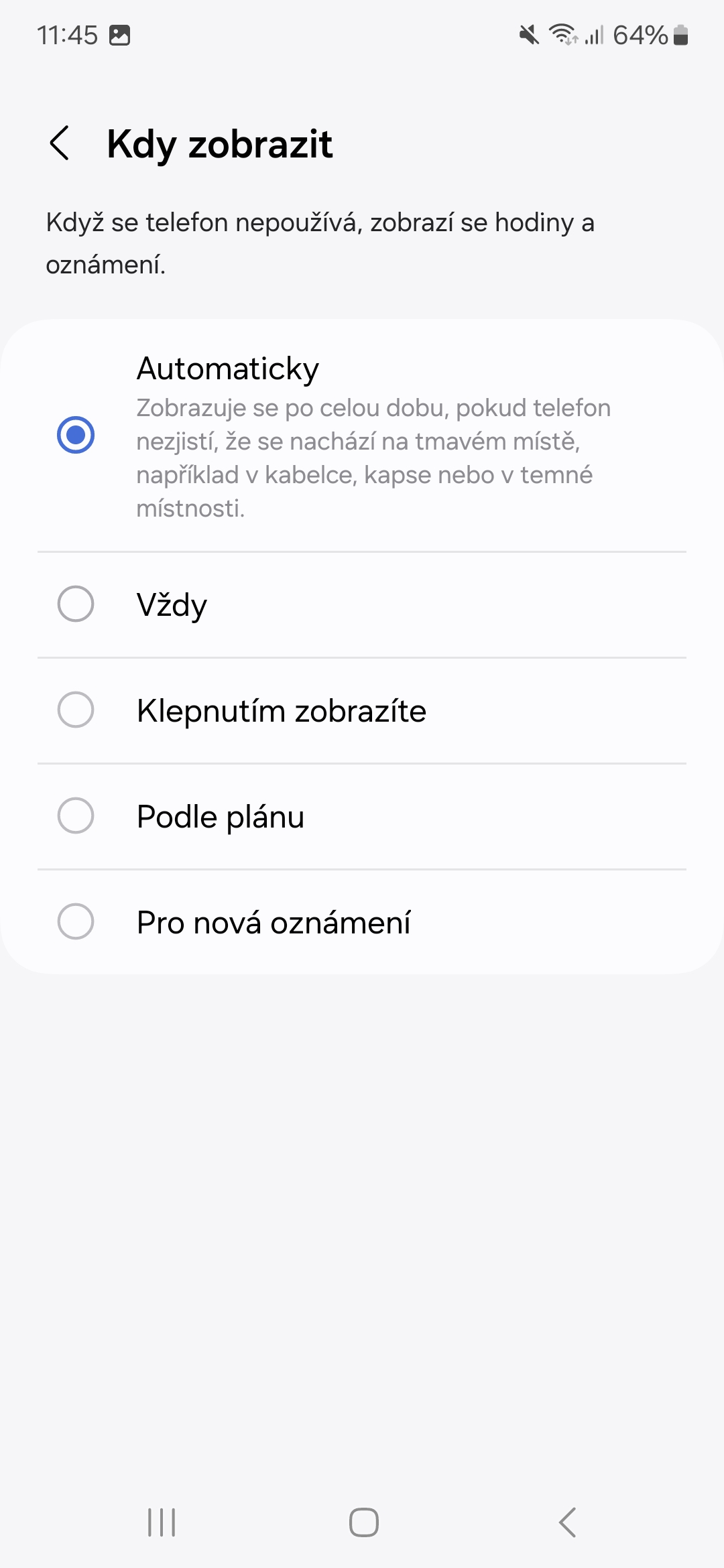

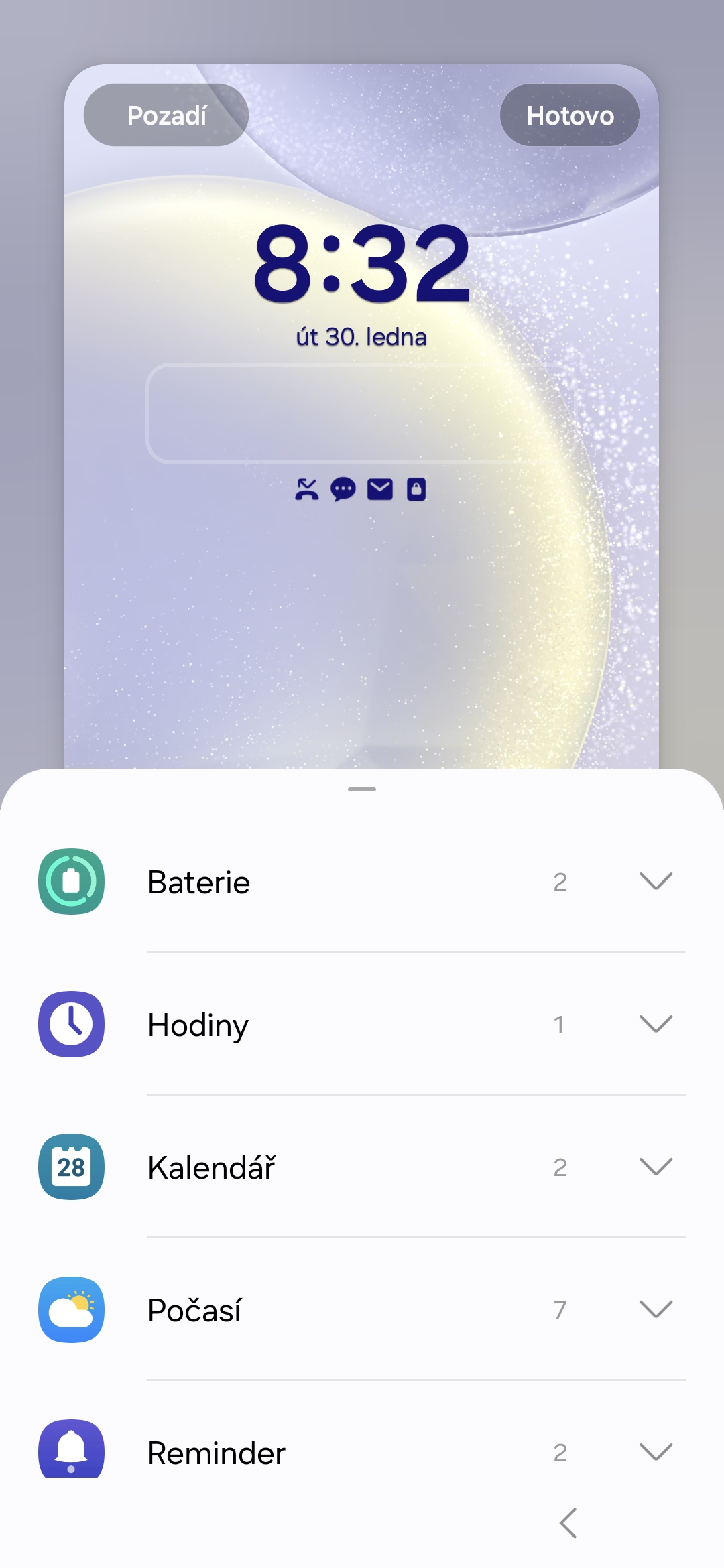
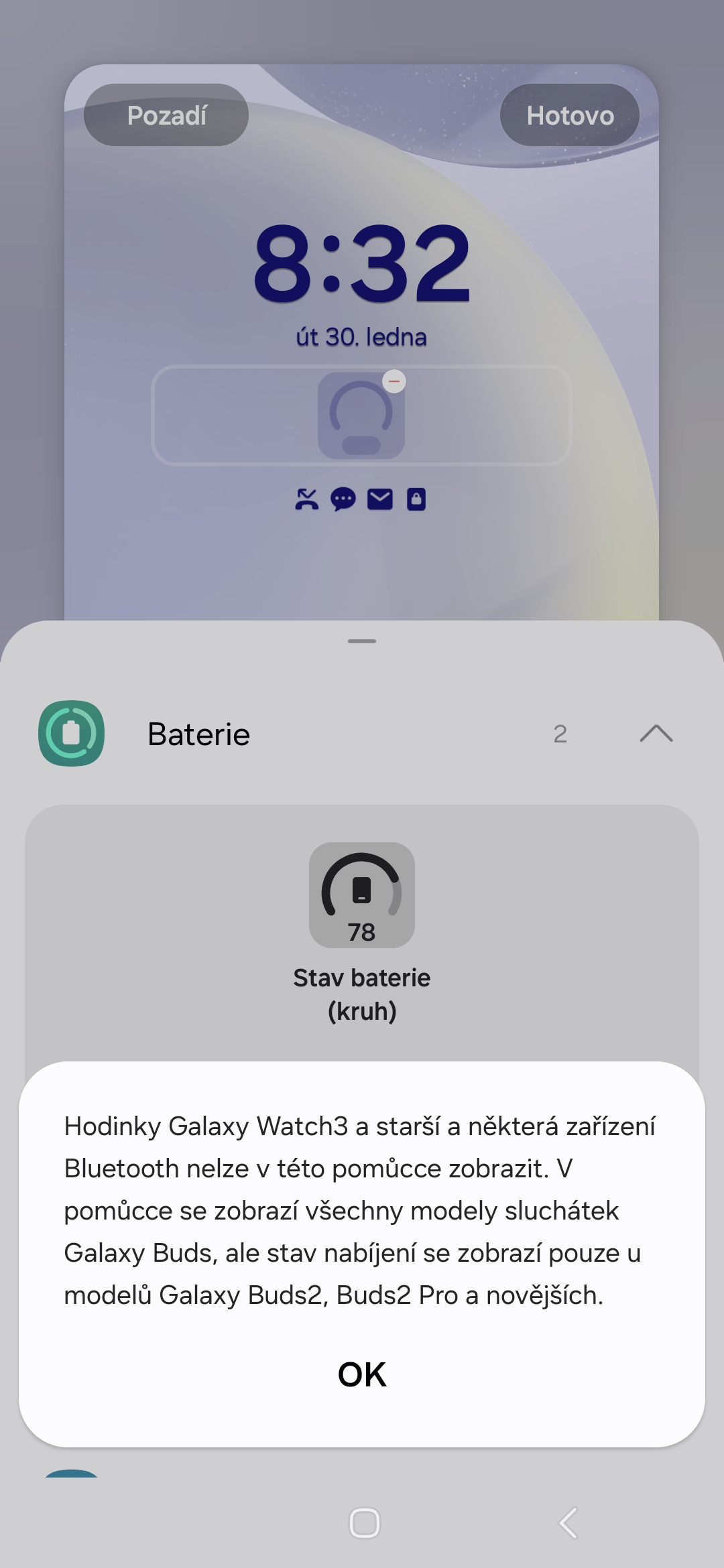
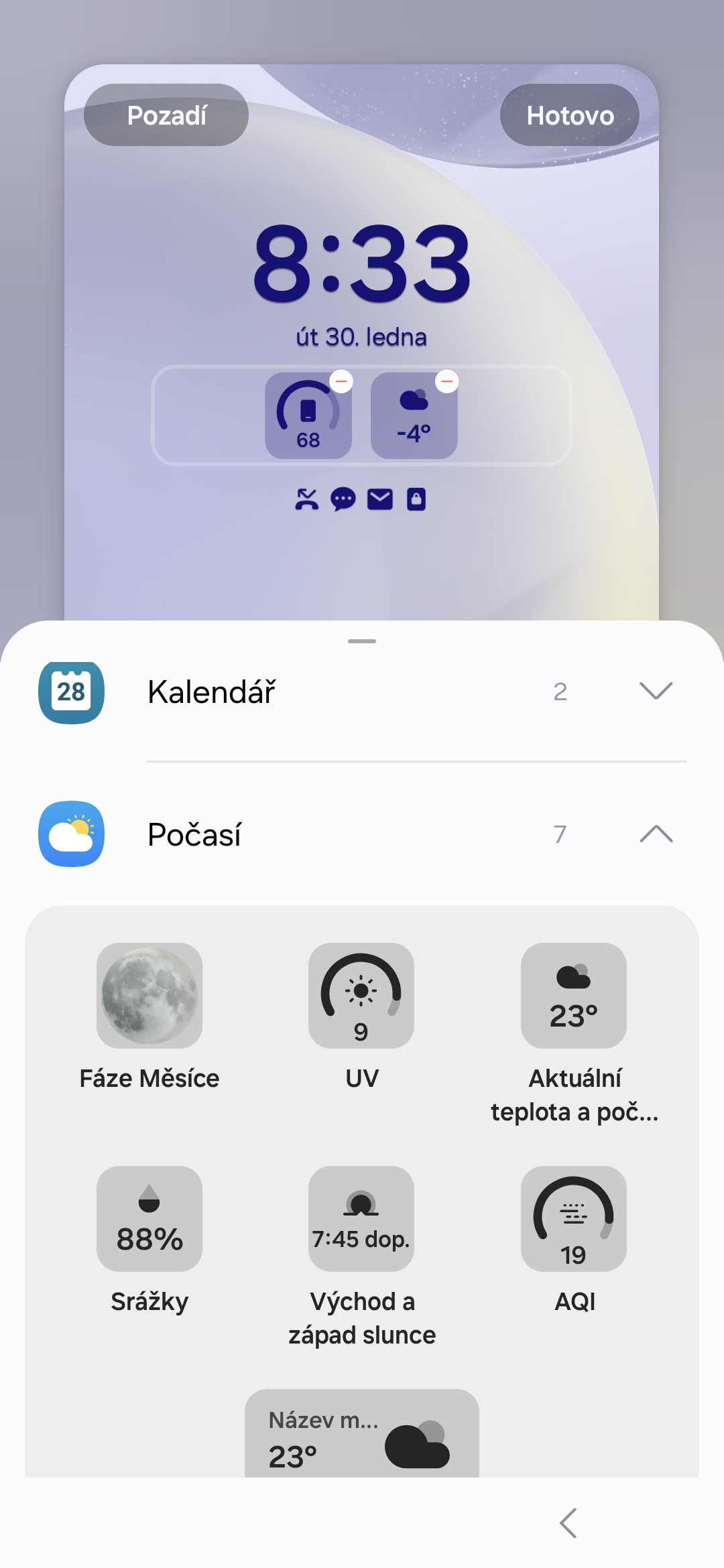
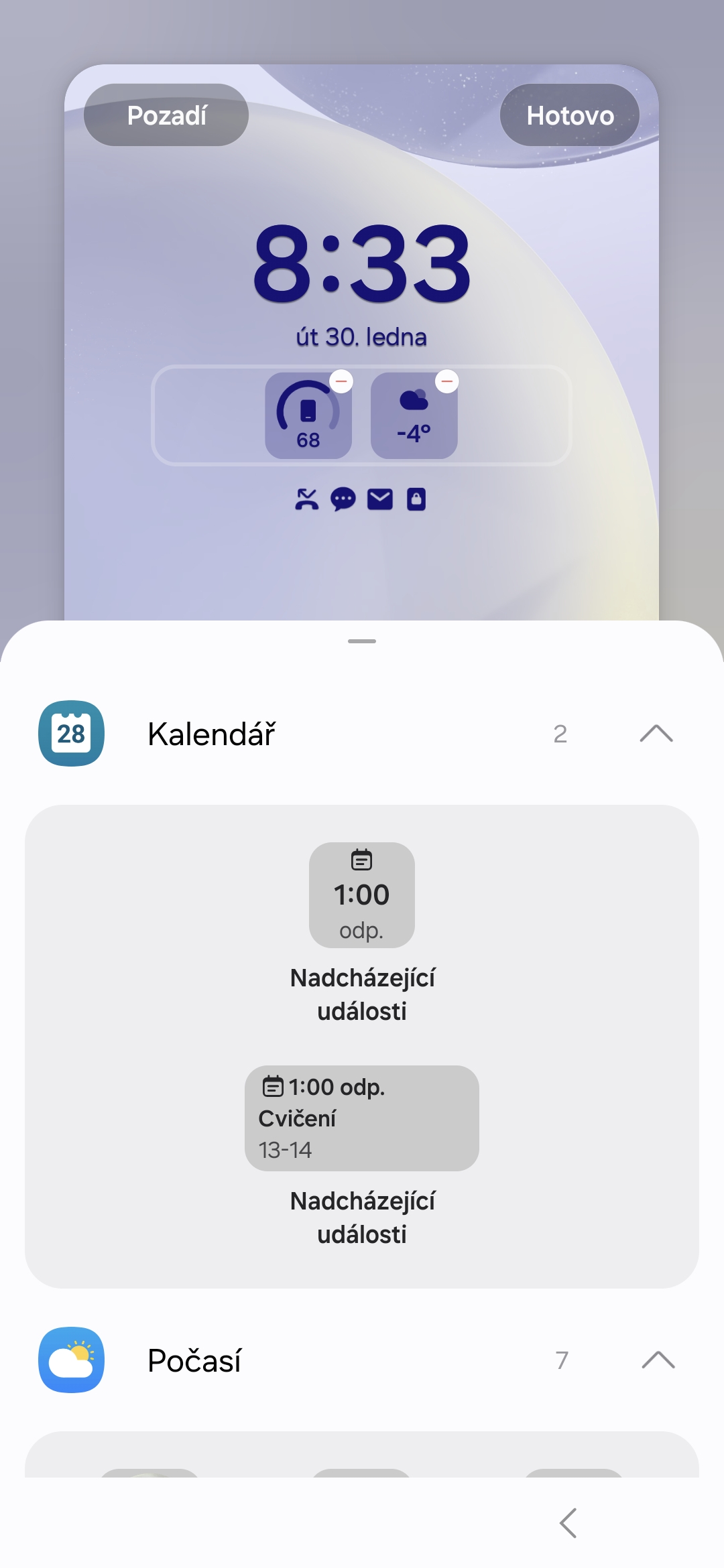
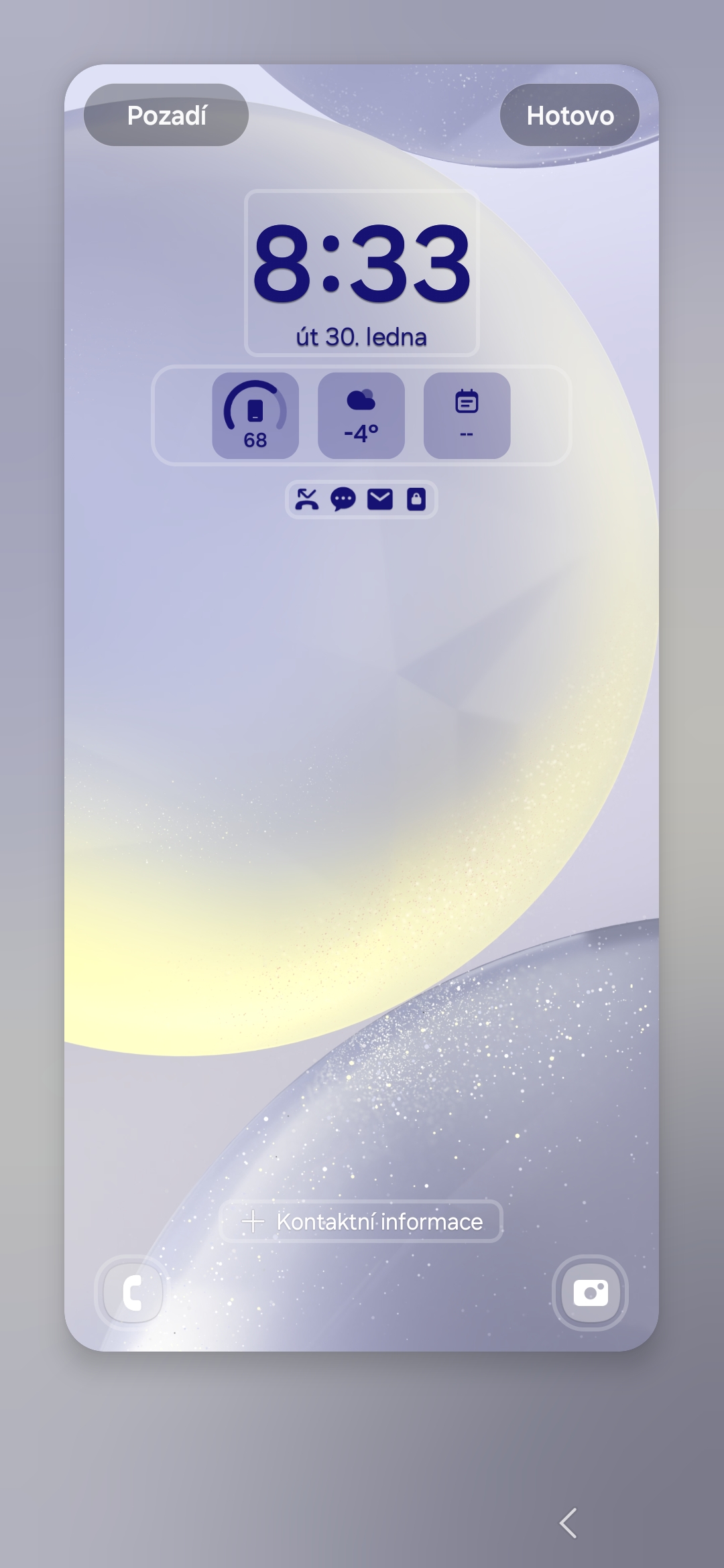
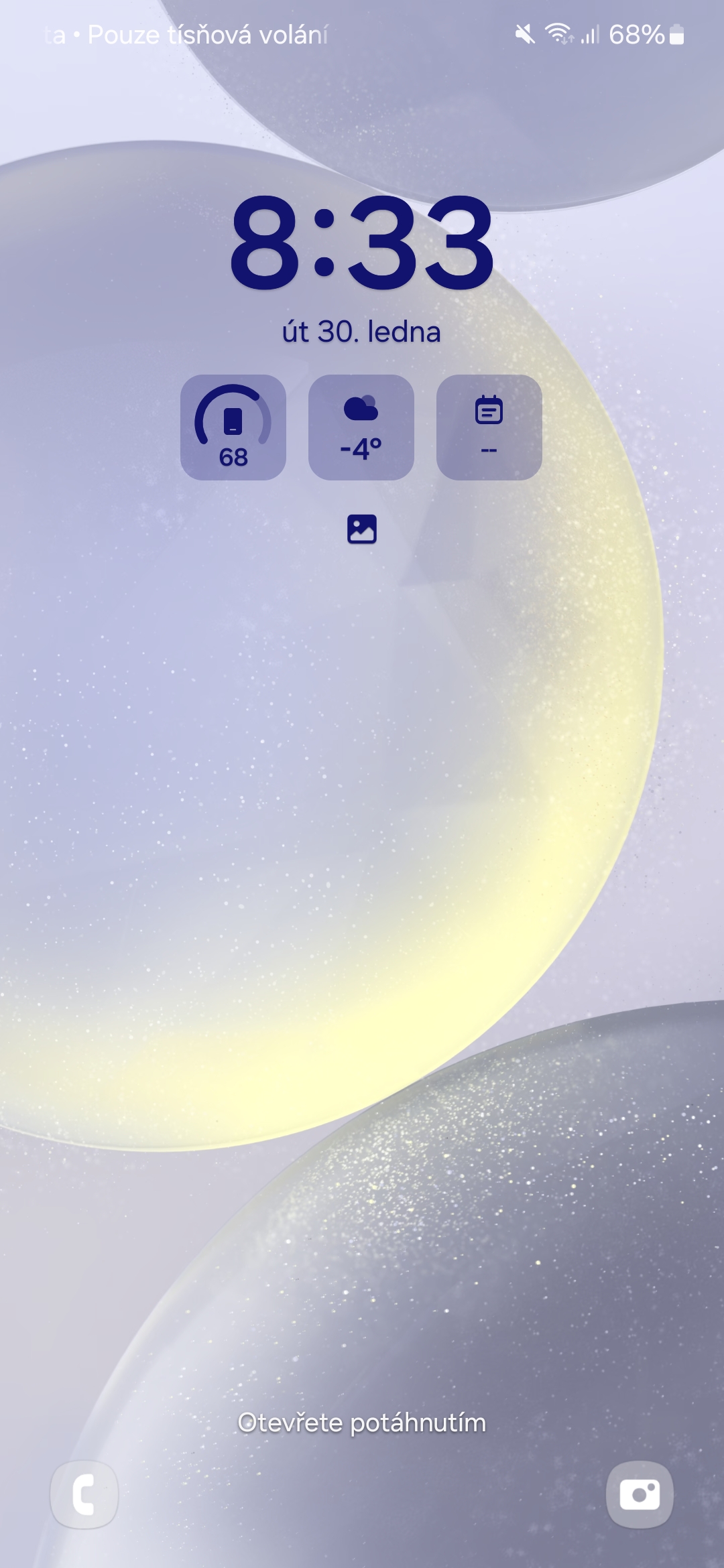
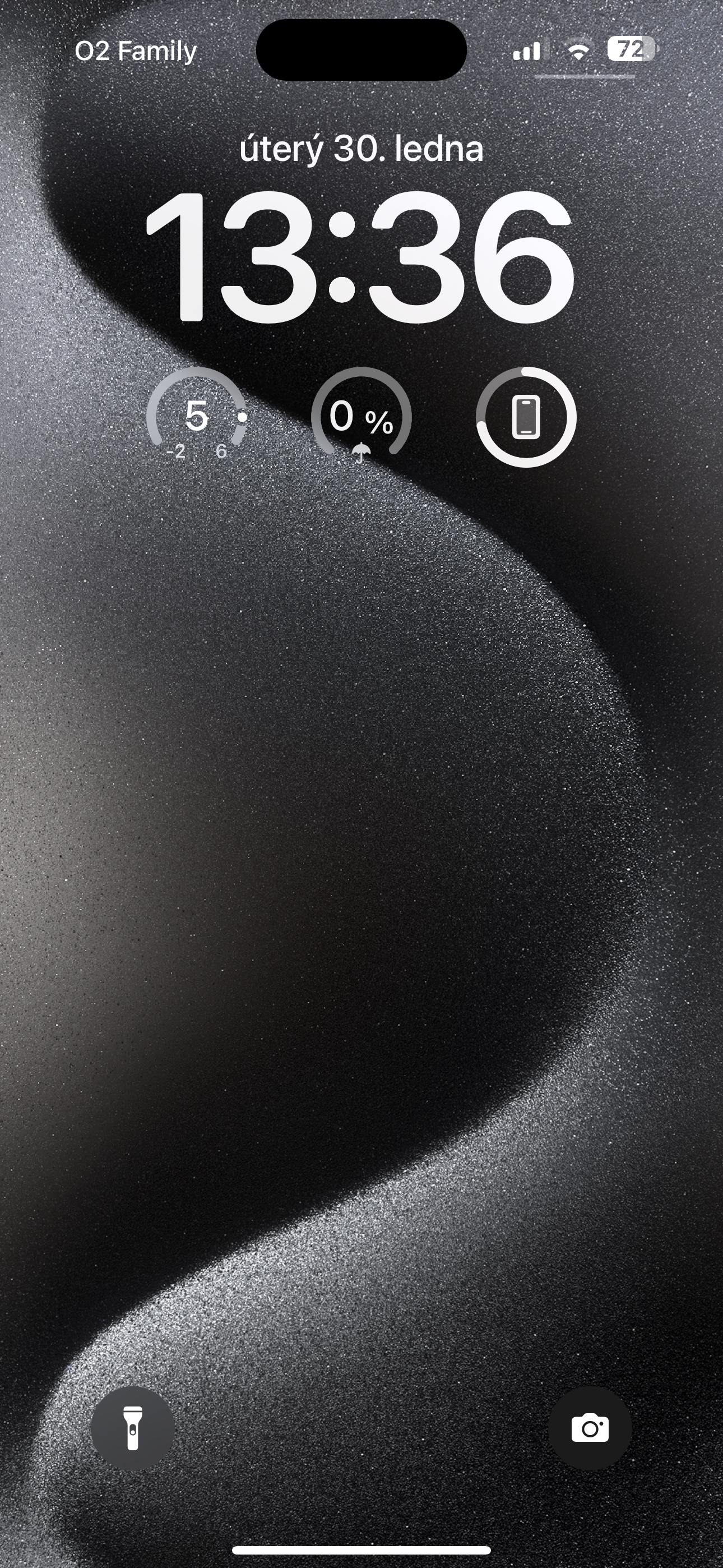
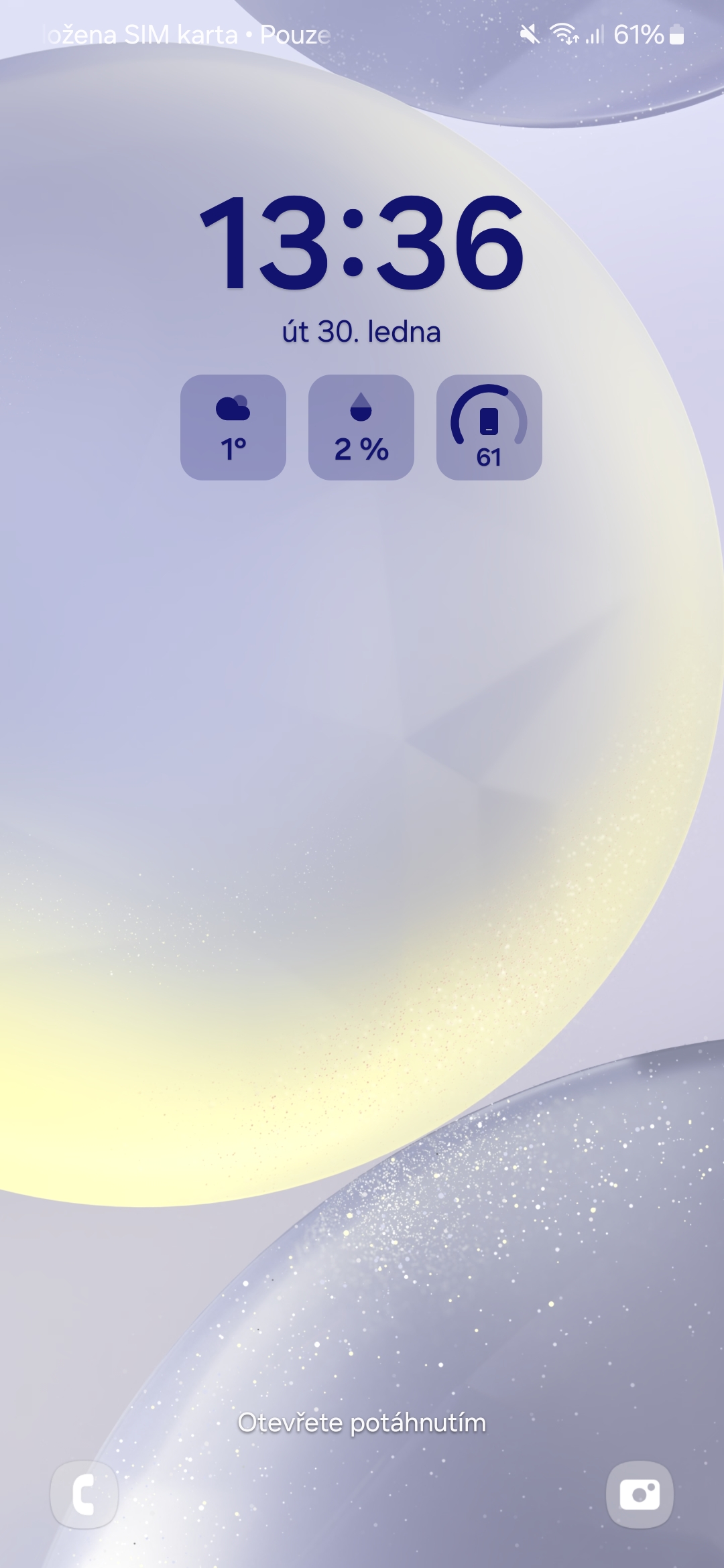

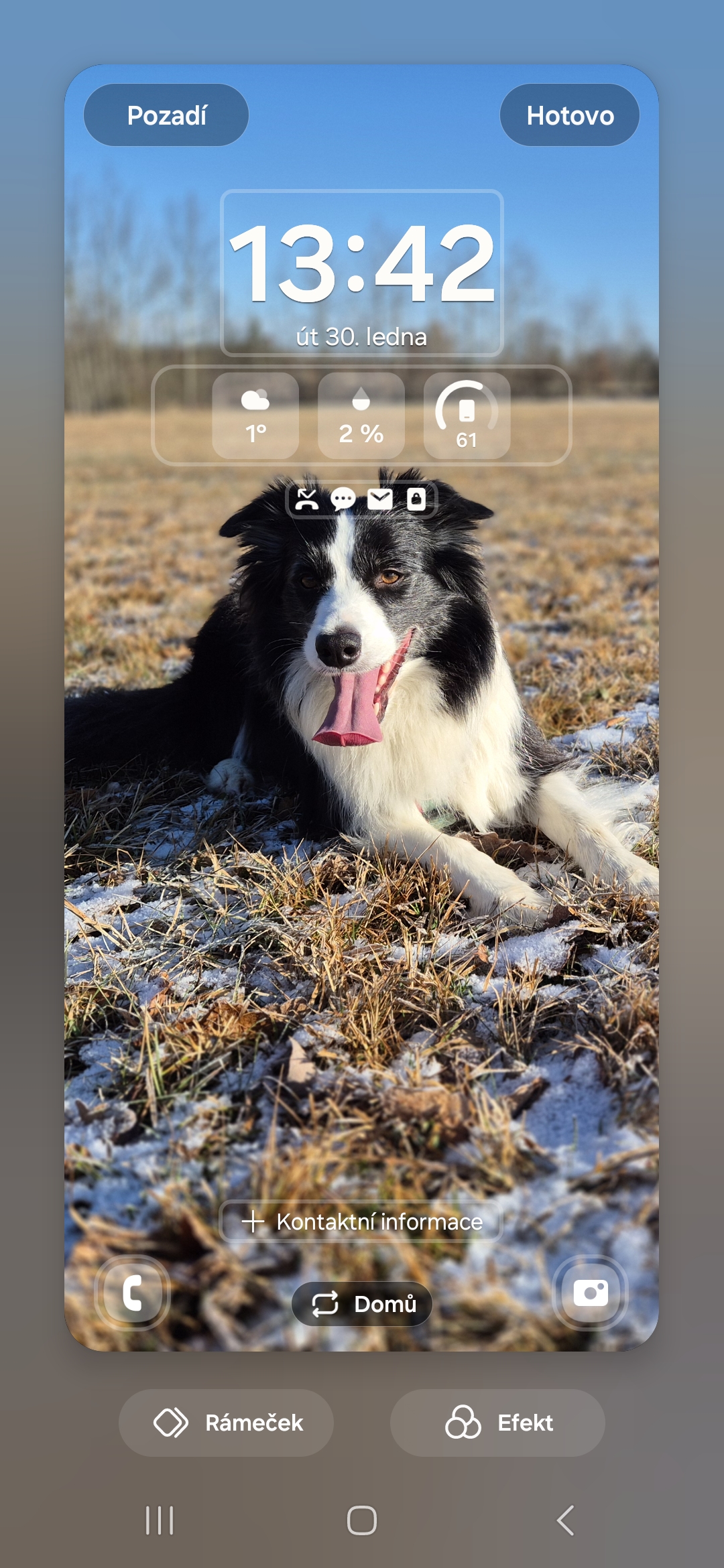


They have always been disgusting copy-cats, but what fascinates me is that they also copy wallpaper.
What wallpaper? The wallpaper is the same on purpose to make it stand out, no, you donkeys :-D
Hahah Ondra, you are ini mamrd :D
Samsung had AOD by a few years, but it's copying from Apple...hear the grass grow.
Samsung had AOD before, but in the sense of a black screen with only data. The iPhone started with the use of wallpaper and, in my opinion, was rightfully criticized for it.
So for me it's just frog wars for kids. Sometimes Samsung simply beats Apple to something, other times it's the other way around. I don't care. Either I use it or I don't. So it's totally fine with me.
The author of the article probably has nothing else to do but deal with nonsense.. As they wrote here... everyone copies... Let everyone use what they want...
And you have nothing else to do but clean up the nonsense and still comment? :-D Incredibly funny comment.
Samsung had OAD in the days when Apple used HD IPS displays.
I'm sick of it. Just a little while and I will have an aquarium full of water.